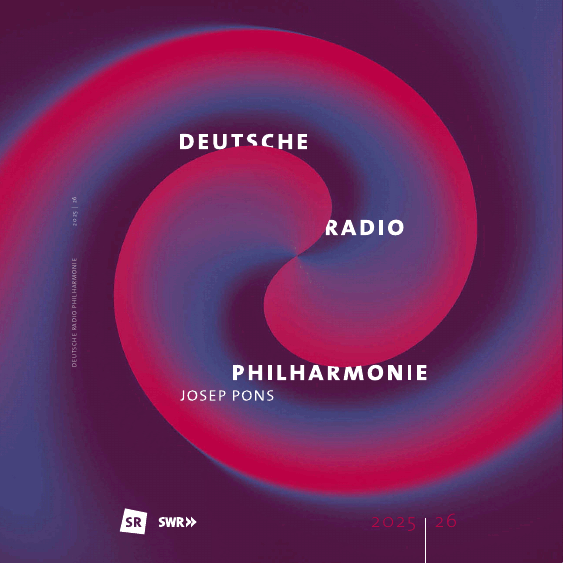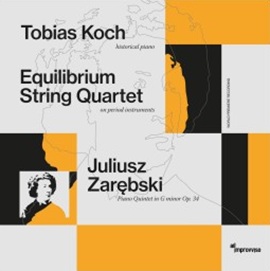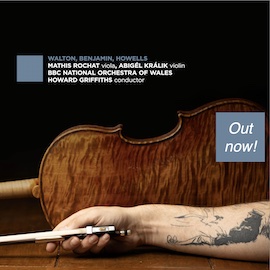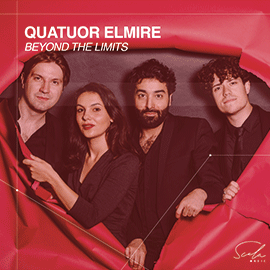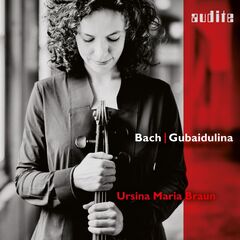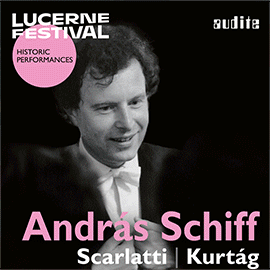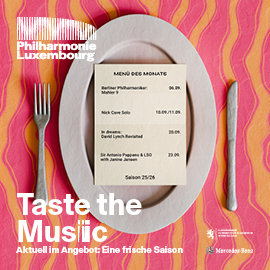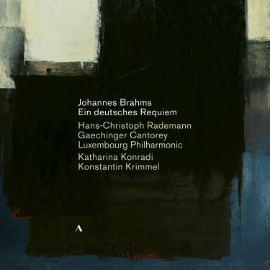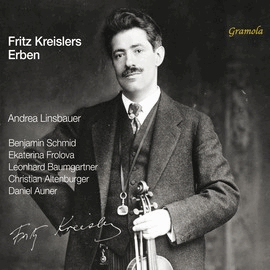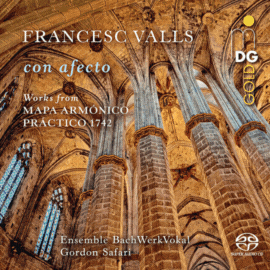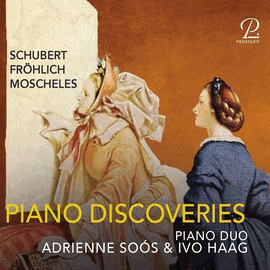Betrachtet man musikalische Übungen, beispielsweise Etüden oder zyklische Werkgruppen, als Handlungen zu geistiger Ausformung und nicht nur als handwerkliche Übung, so mag man deren Spiel als Weg auf eine höhere Ebene oder auch Essenz, hier der Musik, verstehen, quasi als religiösen Akt.
In jedem Prelude von Gubaidulina wird auf eine Spieltechnik fokussiert und damit ein Abbild heutiger Cellotechniken sichtbar. Auch in diesen Gelegenheitswerken wird ihre individuelle Ausrichtung zu Konzentration und Innerlichkeit sichtbar. Aus der Kombination von Technik und ausdrucksvollem Inhalt schafft sie so vielfältige und ausdrucksstarke Stücke.
Die Cellistin Ursina Maria Braun verknüpft von Bach die 5. Cellosuite sowie Auszüge aus den anderen aus dem 18. Jahrhundert mit den zehn Préludes für Cello von Sofia Gubaidulina aus dem 20. Jahrhundert. Dabei findet sie die gemischte Reihenfolge über gemeinsame Elemente der Werke, die eine Anknüpfung für die Anordnung bieten. Die so geschaffenen Kontraste kostet Braun in ihrer Interpretation gekonnt aus. Das abwechslungsreiche Bild wird auch noch dadurch geschärft, dass sie die 5. Suite auf einem Cello mit Darmsaiten, alle anderen Sätze auf einem modernen Instrument spielt.
Auch wenn es sich um viele kleine Musikhäppchen handelt, weiß Braun diese so zu formen, dass appetitliche und immer wieder frische Eindrücke entstehen. Bei der kompletten Suite wird deutlich, dass ihre Idee von Bach durch gestaltende Detailarbeit und nicht durch flächige Präsentation geprägt ist.
Das Miteinander dieser beiden Cellosolozyklen vermittelt eine zwanglose Vereinigung der beiden so unterschiedlichen Stile, die ein gleichzeitig angenehmes wie auch interessantes Hinhören erlaubt.
If one considers musical exercises, such as études or cyclical groups of works, as acts of intellectual formation and not merely as technical exercises, then one may understand their performance as a path to a higher level or essence, in this case music, quasi as a religious act.
Each of Gubaidulina’s preludes focuses on a particular playing technique, thus reflecting contemporary cello techniques. Even in these occasional works, her individual focus on concentration and inwardness is evident. By combining technique and expressive content, she creates diverse and expressive pieces.
Cellist Ursina Maria Braun combines Bach’s 5th Cello Suite and excerpts from his other 18th-century works with Sofia Gubaidulina’s ten Préludes for cello from the 20th century. She finds the mixed order through common elements in the works, which provide a link for the arrangement. Braun skillfully exploits the contrasts thus created in her interpretation. The varied picture is further sharpened by the fact that she plays the 5th Suite on a cello with gut strings and all other movements on a modern instrument.
Even though these are many small musical morsels, Braun knows how to shape them in such a way that they create appetizing and constantly fresh impressions. Listening to the complete suite, it becomes clear that her interpretation of Bach is characterized by creative attention to detail rather than a broad presentation.
The combination of these two cello solo cycles conveys a casual union of two very different styles, making for a listening experience that is both pleasant and interesting.



